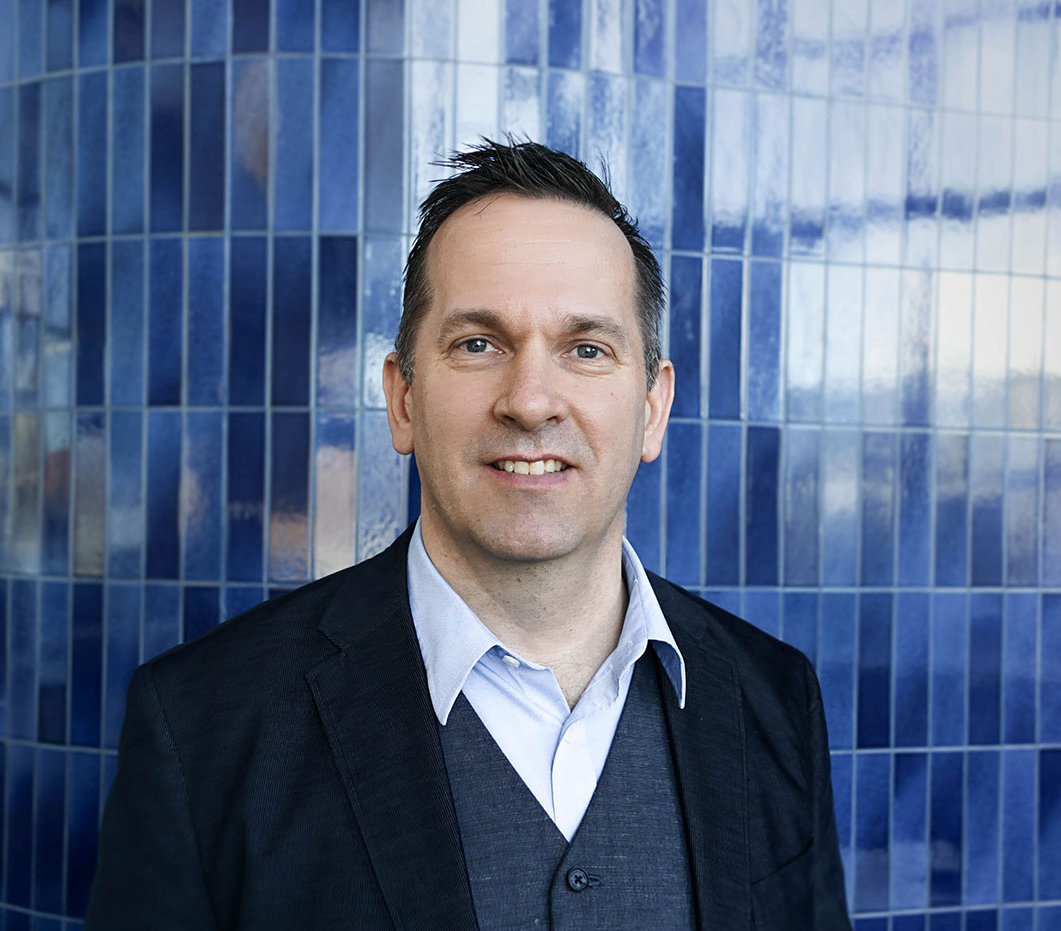At Cardus we are exploring the language and practice of social architecture. Turns out it can mean a lot of things. Sometimes it means the nature of the relationships between people and institutions, other times it means the structures of the institutions themselves and how they relate to each other—government, business, nonprofits, natural communities, and so on. We acknowledge the obvious in all of this—that there is an ordering of some kind in the dense web of connections that we inhabit.
The physical structures we build, the infrastructure that supports us, and the communication links that enable our exchanges have a specificity that can be partially underwritten by mathematics. These mathematics and the materials of our built environment are the stock-in-trade of engineers, architects, planners, economists, consultants, and legislators. We need to cross a river, so we design, verify the engineering, get permission, amass the money, sort out logistics, and build a bridge. If we must house more people in a small space, we design a condo tower, and run all the numbers to make sure that material selection, design, and conditions will interact in a way that serves the needs of the inhabitants, including their need for safety.
So what kind of rigour do we apply when we talk about social architecture? Are mathematics of use? What kind? What are the limits? What might we gain? Should we save the analytic work for the built environment and adopt something different for the human social factors? Many social science tools have been used in the past and there are new approaches constantly being developed. We model, map, interview, watch, listen, formulate, and proceed as best we can with what is always limited knowledge. Sometimes that works out well and sometimes we falter badly.
One area I've been looking at intensively in approaching these questions is network science, the mathematics of structure and dynamics between things—people, institutions, companies, routers, proteins, predators and prey, trucks, and myriad other possibilities. Network science examines nodes and edges and the way groups of them are structured, how movement between them happens, and many other variables. Finding new ways to analyze and understand the massive flows of data that we (and our machines) are producing is very important. We will need to be wise and insightful as we consider where this type of analysis can contribute positively to the common good, how it can make our study of social architecture meaningful in solving our most pressing problems.






